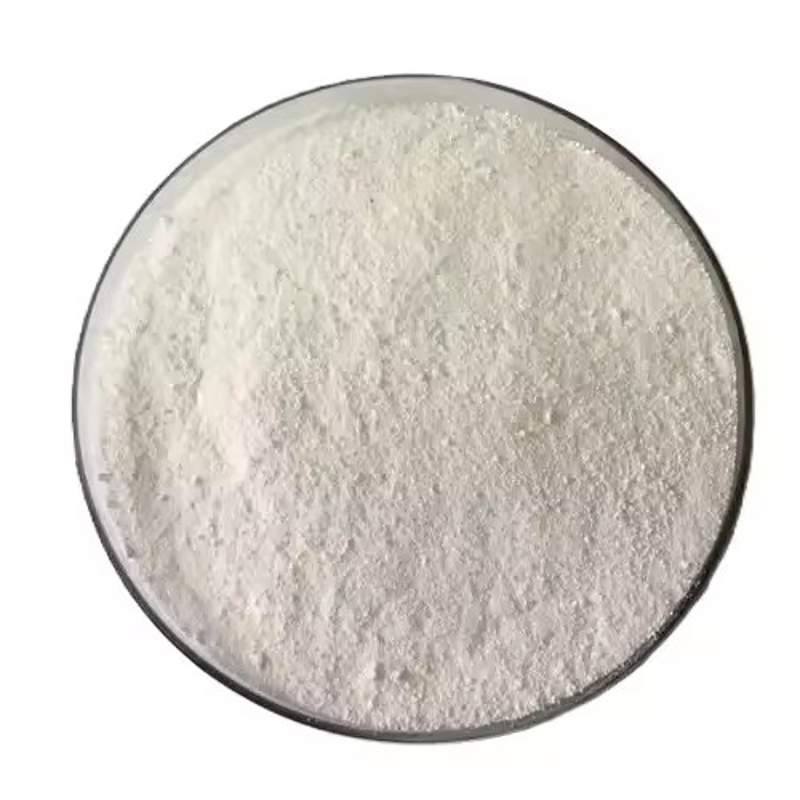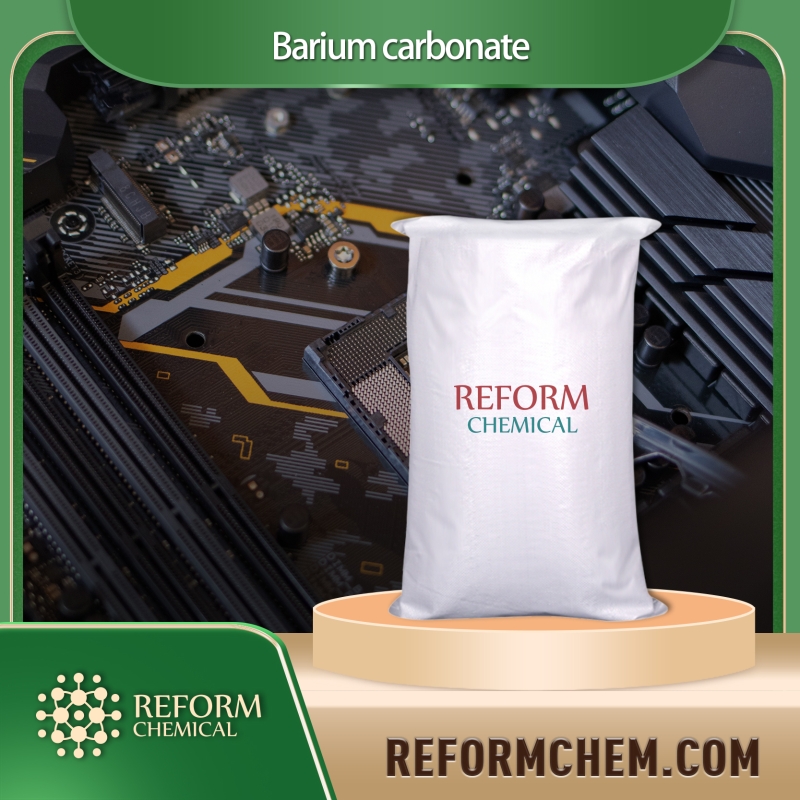-
Categories
-
Pharmaceutical Intermediates
-
Active Pharmaceutical Ingredients
-
Food Additives
- Industrial Coatings
- Agrochemicals
- Dyes and Pigments
- Surfactant
- Flavors and Fragrances
- Chemical Reagents
- Catalyst and Auxiliary
- Natural Products
- Inorganic Chemistry
-
Organic Chemistry
-
Biochemical Engineering
- Analytical Chemistry
-
Cosmetic Ingredient
- Water Treatment Chemical
-
Pharmaceutical Intermediates
Promotion
ECHEMI Mall
Wholesale
Weekly Price
Exhibition
News
-
Trade Service
Ref: Arieff AI, et alAm J Med Sci2017 Oct;354 (4): 350-354doi: 10.1016/j.amjms.2017.05.007Epub 2017 May 20.)more than 60 years ago, cerebral salt-wasting syndrome,CSWS was first described as hyponatremia that may occur in patients with brain damageThe diagnostic criteria for CSWS have not been determined, so it is possible to misdiagnose hyposodium emis as an antiduretic hormone secretion syndrome (SIADH)Because the treatments are the opposite, it is necessary to diagnose bothAllen IArieff of the University of California, San Francisco, USA, reviewed the clinical symptoms and laboratory test results of 45 CSWS patients, compared with 60 normal human patients and 28 patients with SIADH;45 patients were measured for 24-hour urine and sodium urine (Na) excretionThe amount of sodium urine excretion in CSWS patients was 394 to 369mmol/24h, and the urine volume was 2,603 x 996mL/24h, both of which were significantly higher than those in the normal control group (P.01)In contrast, the sodium urine excretion in Patients with SIADH was only 51 x 25mmol/24h, and the urine volume was 745 x 298mL/24h, significantly lower than that in CSWS patients (P.01)The authors suggest that the diagnostic criteria of CSWS are: 1 symptomatic hyposodium emisis; 2 sodium urine excretion is 2 times higher than that of the normal control group; and 3 urine volume is increasedPatients with SIADH also have symptomatic hyponatremia, but both sodium urine excretion and urine volume are less than CSWS patients, therefore, the excretion of sodium urine is of great significance in identifying the causes of hyponatremia in patients with brain damageThe blood Na value of CSWS patients was 119 to 7mmol/L, significantly lower than in the normal control group, the blood uric acid level was also significantly reduced, and the removal rate of blood K, creatininine, cortisol and creatinine was within the reference rangeThe sodium excretion of urine in the CSWS group was 394 to 369mmol/24h, which increased significantly compared to 113 to 65mmol/24h in the normal control group, and the concentration of sodium urine in the CSWS group was significantly higher than the 75mmol/24h in the normal control group; The blood Na value of SIADH patients was 112 to 8mmol/L, significantly lower than the normal control group, and uric acid was significantly reduced;but compared with normal control group and CSWS patients, the sodium urine excretion was 51 to 25mmol/24h, significantly lower than in the normal control group and CSWS patientsCompared with normal control group and CSWS patients, the urine volume of The SIADH group decreased significantly, and the difference between sodium urine and normal control group was not significant, but significantly lower than that of cSWS groupin short, CSWS patients often have a history of brain damage, brain tumors, or strokeIn clinically low sodium hemorrmia, the proportion of SIADH was higherThe study found significant differences in sodium excretion and urine volume in patients with CSWS and SIADH, which helped to identify and treat them differently clinically(The first affiliated hospital of Xinxiang Medical College
Rencompiled, Professor Wang Zhiqiu,of Huashan Hospital, fudan University, revised, editor-in-chief of "Outside Information" and professor of Chen Chengcheng, affiliated with Fudan University)







